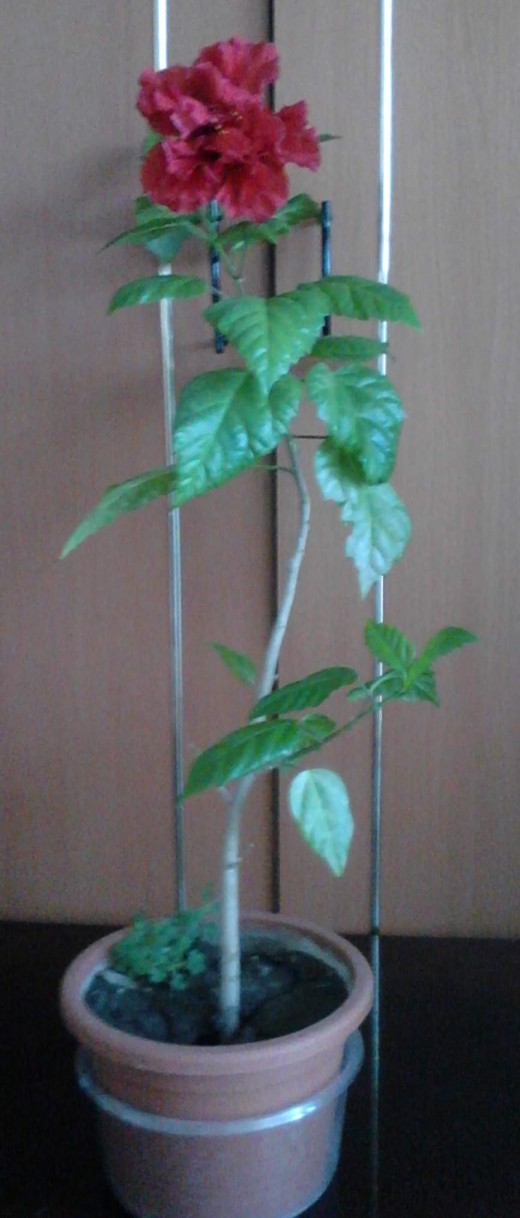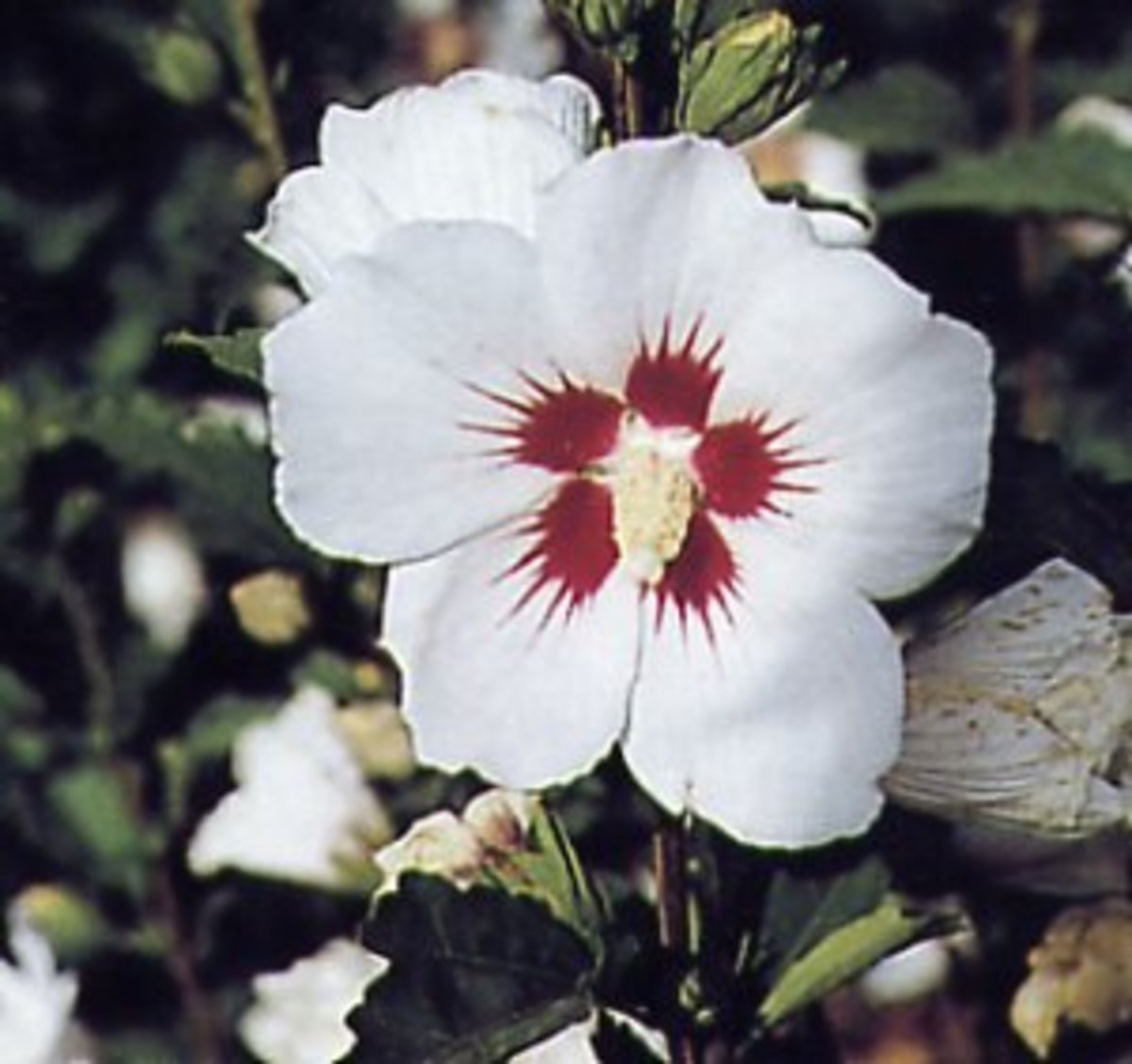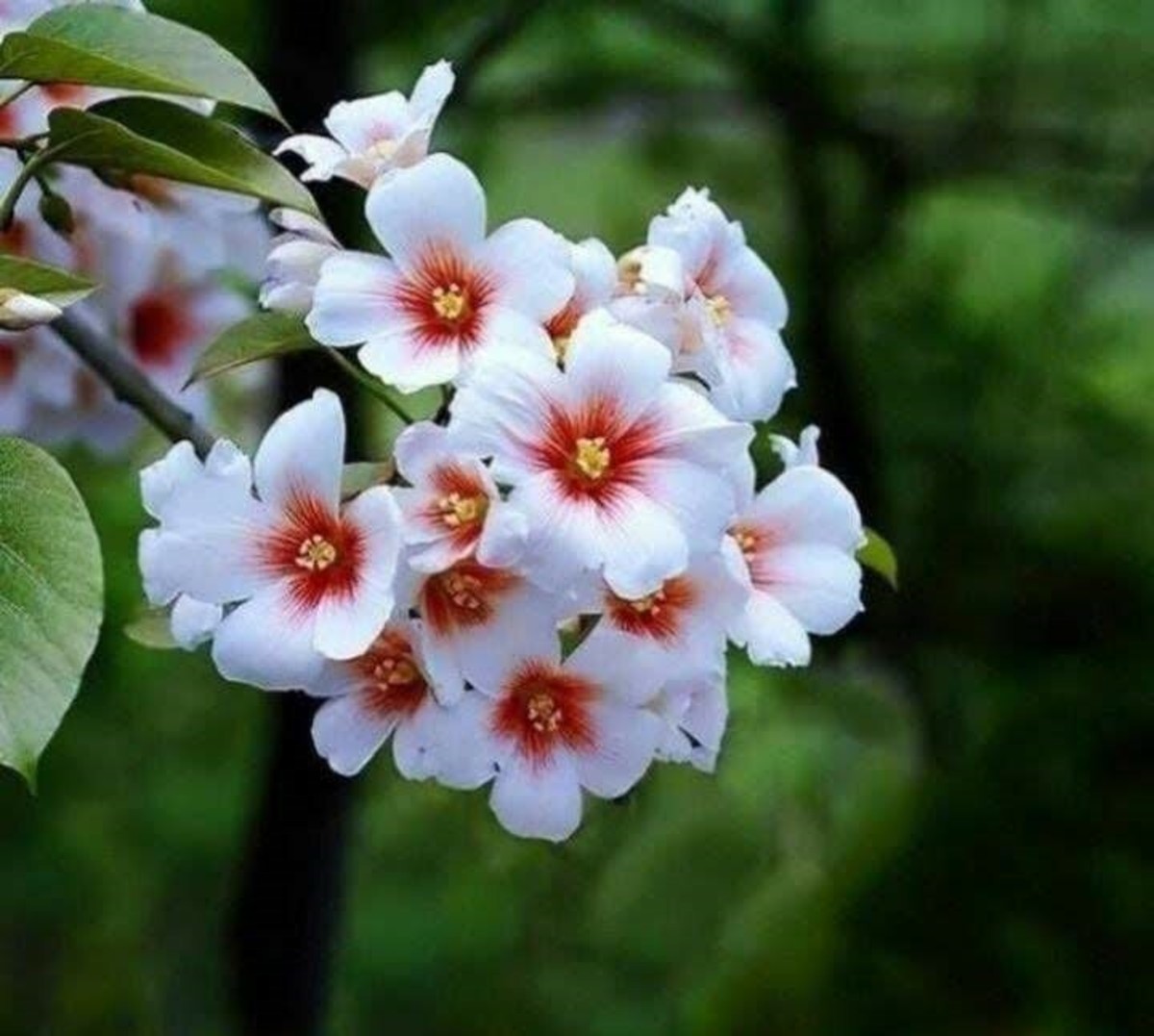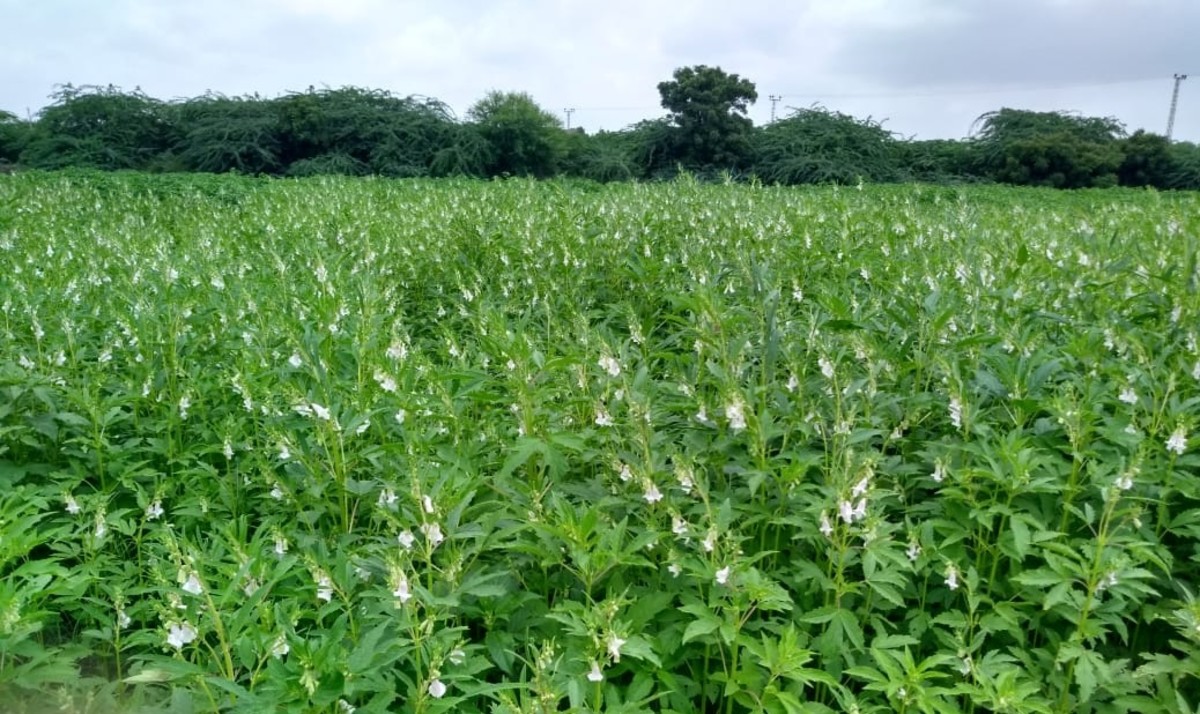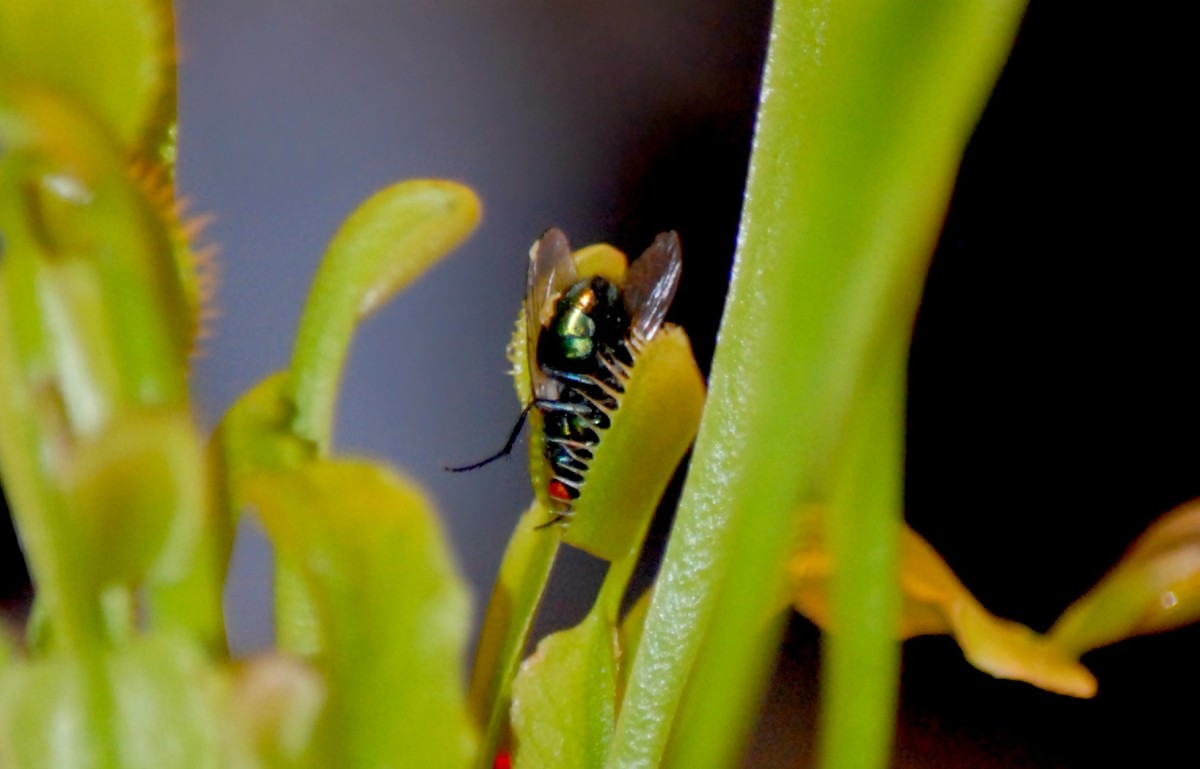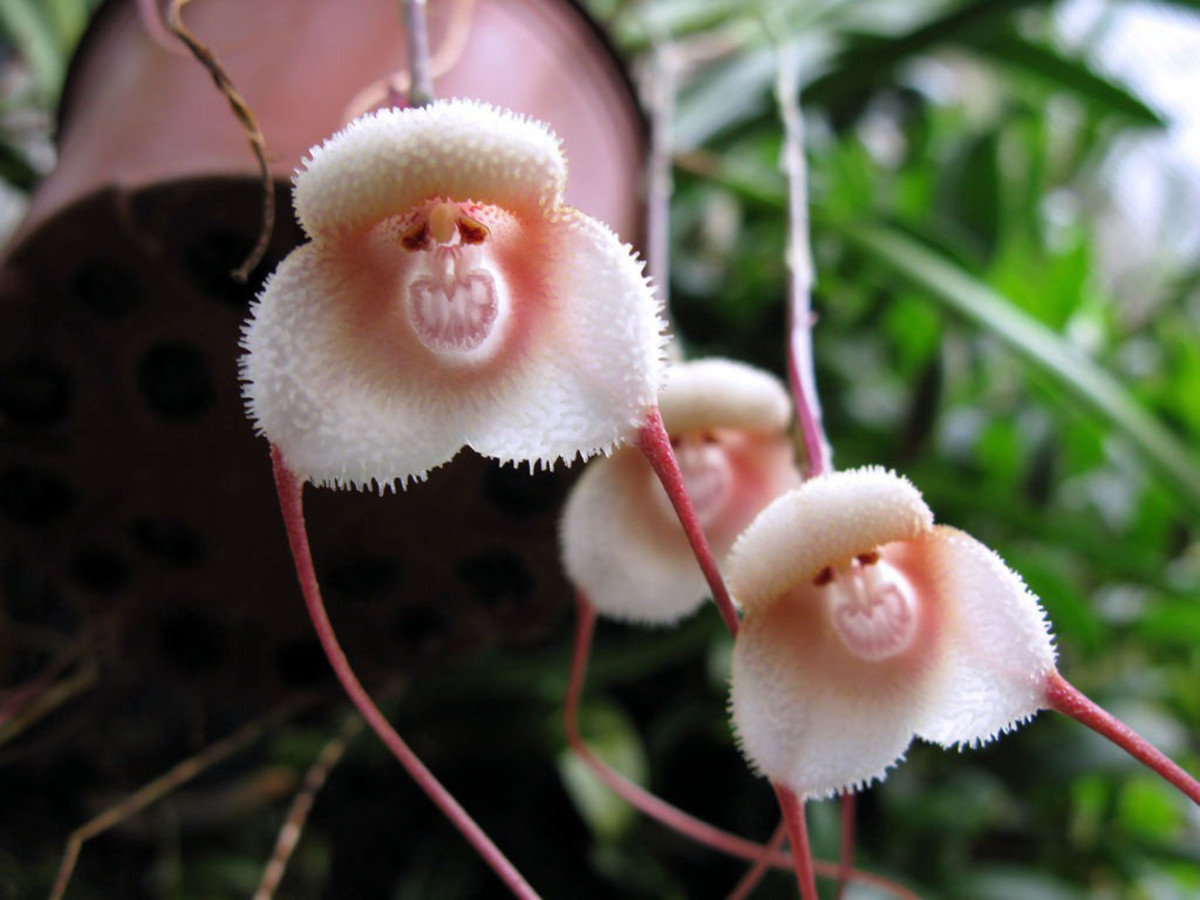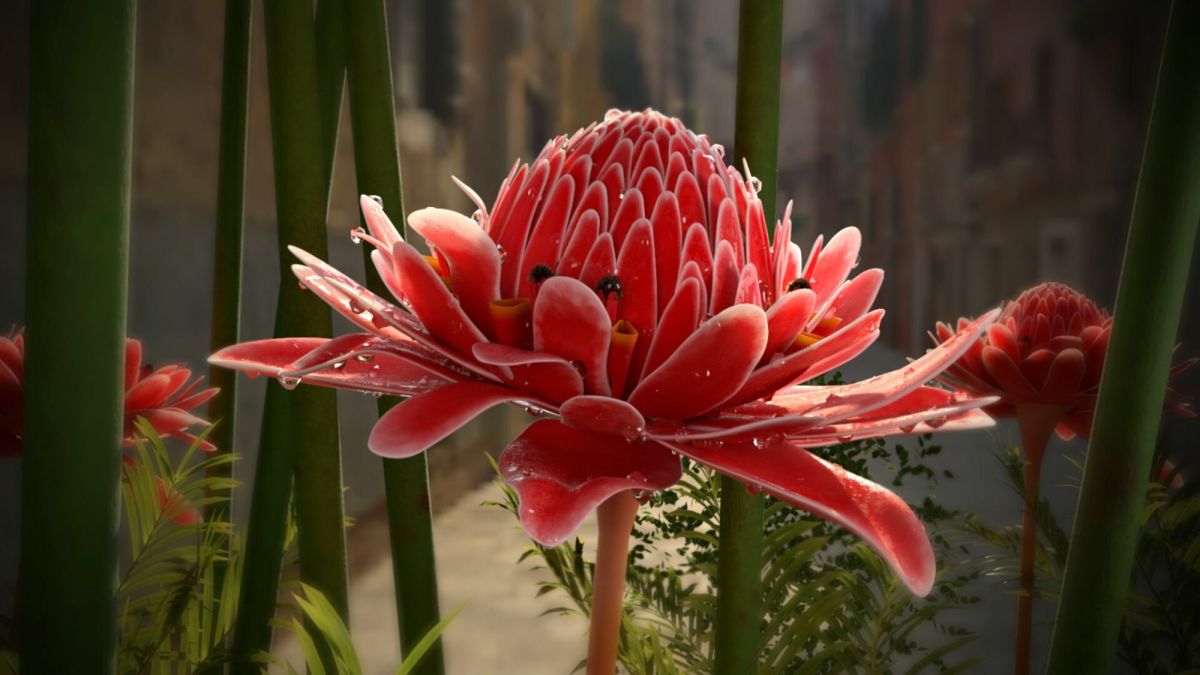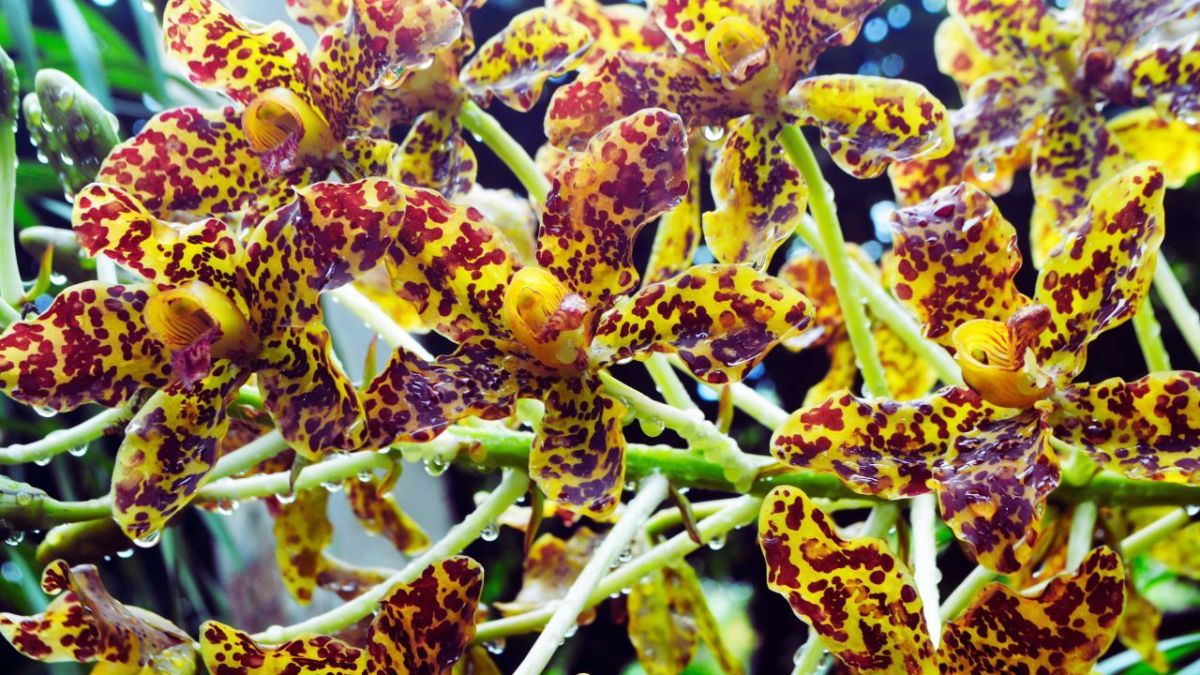How to take care of a rose. A Japanese Rose
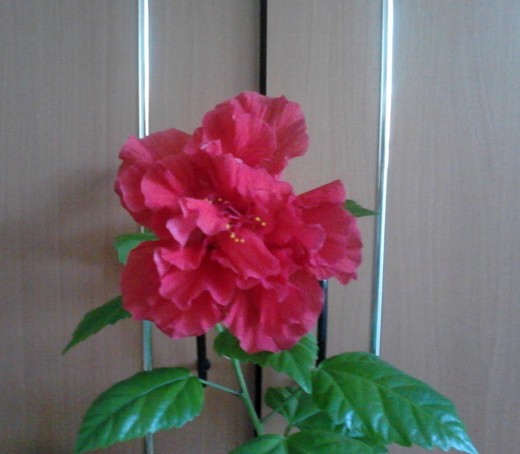
Japanese rose grows wild on the shores of the Sea of Japan near the Pacific Ocean north of Tottori and northern Hokkaido. It is also known as Hamanasi. The name Hamanasi has been derived from the name of the place which bears fruit like pears. Japanese rose is usually dark pink in color and it has a strong and very attractive fragrance of spring.
Branch of Japanese rose is like a chopstick in shape and has thrones bushes which grow in the direction of stretching. The height of this rose is varies between 1m to 1.5 m. The leaves are oval rather long. Petal has a thickness in little egg-shaped or heart size form and have a strong fragrance. The plant bears fruits in late summer and in early autumn. Japanese rose can be eaten raw or can be used to make jam and fruit wine. Japanese rose is also used for making cosmetics like perfume etc. Japanese rose contains wealth of vitamin C due to which it is also used for making medicines and alcohol.
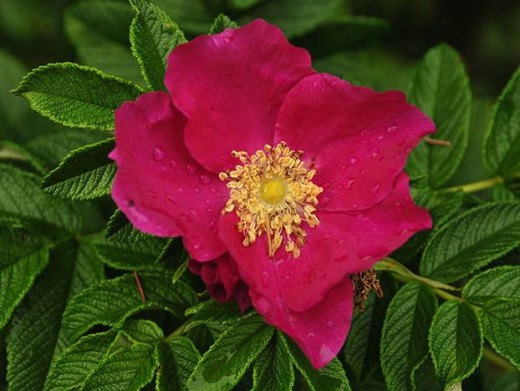
If you want to grow this plant at home you need to take extra care of it. To grow Japanese rose you need a well drained soil. These plants prefer full sun. Japanese rose are well resistance to winters but it becomes little difficult to grow rose in summers as they cannot resist high temperature, so choose a well ventilate and cool place to cultivate Japanese rose. Give plenty of water to the plant if the soil is dry. Provide fertilization to the rose plant in winters as in winters the roots of rose plant will easily absorb all the fertilizers. Do not forget to fertilize plants after they get bloom, this will help the plant to regain the stamina. We also need to protect the rose plant from diseases like aphid through spraying pesticides. Japanese rose plants also need cutting. Cut the rose plants in March about 10 cm in length and plug them into the soil to grew new Rose plants. You can also cut the crowded branches; it will help your rose plant to bloom properly.
After some years the bottom of the plant becomes like a tree. Here you should not cut it as it will provide nutrition to new branches. So the points you should take in mind while cultivating a Japanese rose is to fertilize the plant in summers, spray pesticides twice in year and do not cut weak branches too short.
